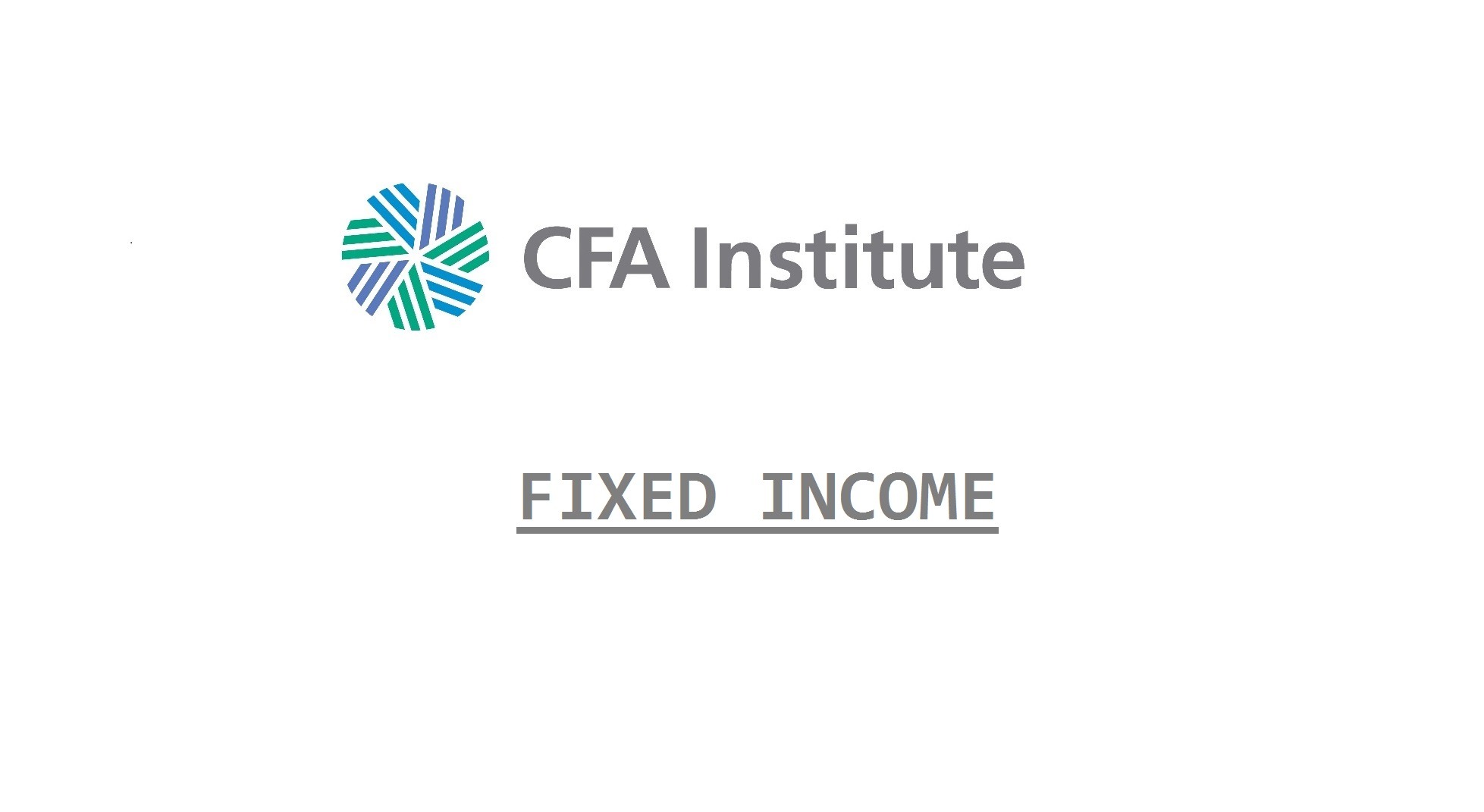The BSM model allows us to value options continuously in real time, as long as the no-arbitrage condition holds. The no-arbitrage option price guarantees that the hedge portfolio will yield the risk free rate. There are six underlying assumptions of the BSM Model:
- The underlying asset price follows a geometric Brownian motion process. The return on the underlying asset follows a lognormal distribution. In other words, the logarithmic continuously compounded return is normally distributed.
- The (continuously compounded) risk-free rate is constant and known. Borrowing and lending are both at the risk-free rate.
- The volatility of the returns on the underlying asset is constant and known. The price of the underlying changes smoothly (i.e., does not jump abruptly).
- Markets are “frictionless.” There are no taxes, no transactions costs, and no restrictions on short sales or the use of short-sale proceeds. Continuous trading is possible, and there are no arbitrage opportunities in the marketplace.
- The (continuously compounded) yield on the underlying asset is constant.
- The options are European options (i.e., they can only be exercised at expiration).
The formula for valuing a European option using the BSM model is:
C0 = S0N(d1) − e–rTXN(d2)
and
P0 = e–rTXN(–d2) − S0N(–d1)
where:
C0 and P0 = values of call and put option
T = time to option expiration
r = continuously compounded risk-free rate
S0 = current asset price
X = exercise price
σ = annual volatility of asset returns
N(*) = cumulative standard normal probability
N(–x) = 1 – N(x)
The BSM value can be thought of as the present value of the expected option payoff at expiration. Calls can be thought of as a leveraged stock investment where N(d1) units of stock are purchased using e–rTXN(d2) of borrowed funds. A portfolio that replicates a put option consists of a long position in N(–d2) bonds and a short position in N(–d1) stocks. N(d2) is interpreted as the risk-neutral probability that a call option will expire in the money. Similarly, N(–d2) or 1 − N(d2) is the risk-neutral probability that a put option will expire in the money.
